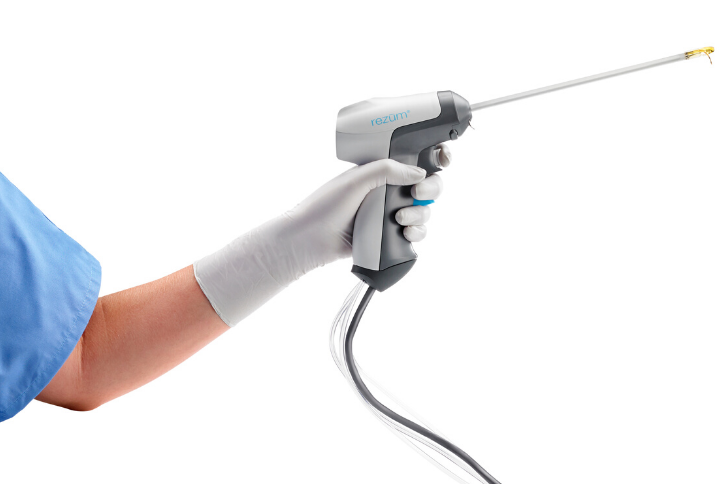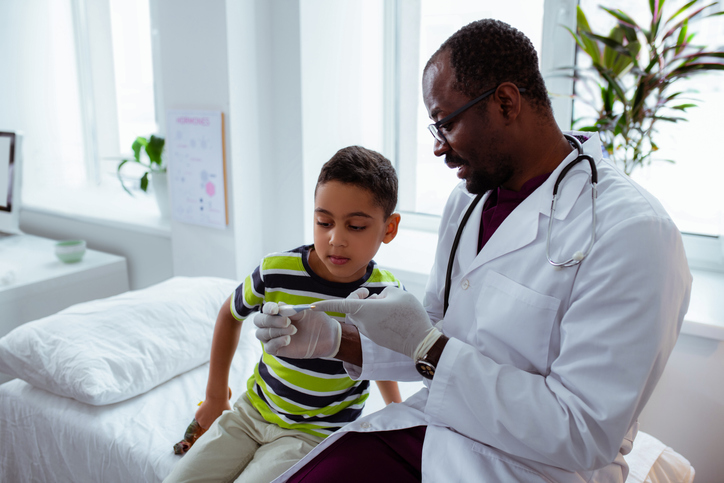Get the Bio on Biofeedback
By Shannon Suarez, MSN, APRN, CPNP
What Is It?
There are muscles we intentionally control, like raising our hand in class to answer a question, and muscles we aren’t necessarily aware of, like the ones we use to breathe. Biofeedback is form of physical therapy where we learn how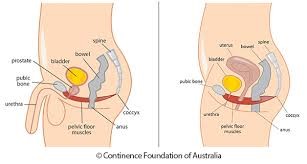 to recognize those more involuntary muscle movements in our bodies so we can reproduce them at will. In pediatric Urology, it is a mind-body technique that uses classical conditioning to strengthen, coordinate, and control the muscles of the pelvic floor in order to correct dysfunctions. Biofeedback in kids is aimed at interrupting pelvic floor holding behaviors and promoting relaxation to ultimately improve bladder function.
to recognize those more involuntary muscle movements in our bodies so we can reproduce them at will. In pediatric Urology, it is a mind-body technique that uses classical conditioning to strengthen, coordinate, and control the muscles of the pelvic floor in order to correct dysfunctions. Biofeedback in kids is aimed at interrupting pelvic floor holding behaviors and promoting relaxation to ultimately improve bladder function.
The History
In 1947, Dr. Arnold Kegel, an American Gynecologist, set out to treat urinary incontinence (leaking) in women whose pelvic floor muscles had weakened after childbirth. He invented what we now refer to as Kegel exercises, the tensing and relaxation of the pelvic floor muscles. Blending these exercises with Biofeedback is a very common treatment for pelvic floor dysfunction in kids, following behavior modifications and pharmacological interventions.
So, How Does It Work?
Sticky patches (electrodes) are placed on both sides of your child’s bottom, close to the perianal areas. Another is placed on a hip bone. The electrodes are connected to a computer that measures muscle contraction. They will then learn how to activate their pelvic floor by squeezing those muscles, and 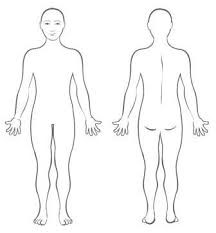 then fully relaxing them. The electrodes are measuring their pelvic floor activity to ensure they are tensing and releasing the correct muscles. On the screen in front of them is a video game with 5 different modes. Instead of using your fingers to control the character on the screen, it is the squeezing and relaxing that controls it instead. This is how your child will learn how to contract and (most importantly) relax the right muscles.
then fully relaxing them. The electrodes are measuring their pelvic floor activity to ensure they are tensing and releasing the correct muscles. On the screen in front of them is a video game with 5 different modes. Instead of using your fingers to control the character on the screen, it is the squeezing and relaxing that controls it instead. This is how your child will learn how to contract and (most importantly) relax the right muscles.
How Long Does It Take?
Success in this program is measured a number of ways but ultimately, resolution of your child’s symptoms will be the ultimate marker. Patients come to our glenridge office for biofeedback once every two weeks for a total of 6 sessions. Sessions are roughly 30 minutes long. If you require or desire another round of therapy, your provider will order that depending on your level of success.
Does It Work?
As with all physical therapy, this program relies heavily on you and your child’s level of commitment and compliance. It requires daily at-home practice, which you will learn more about at your first appointment. Furthermore, all modifications and treatments your provider has already put in place (increased water intake, constipation management, removal of bowel and bladder irritants in diet, proper hygiene, timed voiding, 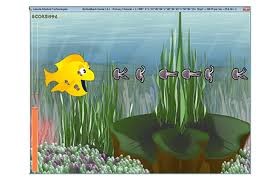 medications, etc) must be maintained. It is recognized by the American Academy of Pediatrics (a medical society with over 62,000 pediatric physicians, specialists, and surgeons) as showing an 80-95% success rate in symptom resolution for patinets who complete therapy1,2. They report that it also decreases the rate of recurrent urinary tract infections, number of invasive studies and medication used on children, and need to do surgery for vesicoureteral reflux. As the current nurse practitioner overseeing this program, I have seen excellent outcomes for motivated families.
medications, etc) must be maintained. It is recognized by the American Academy of Pediatrics (a medical society with over 62,000 pediatric physicians, specialists, and surgeons) as showing an 80-95% success rate in symptom resolution for patinets who complete therapy1,2. They report that it also decreases the rate of recurrent urinary tract infections, number of invasive studies and medication used on children, and need to do surgery for vesicoureteral reflux. As the current nurse practitioner overseeing this program, I have seen excellent outcomes for motivated families.
To make an appointment with Georgia Urology’s pediatric team, schedule online or call one of our office locations.
References
Koenig, J.F., McKenna, P.H. Biofeedback Therapy for Dysfunctional Voiding in Children. Curr Urol Rep 12, 144–152 (2011).
Kaye JD, Palmer LS. Animated biofeedback yields more rapid results than nonanimated biofeedback in the treatment of dysfunctional voiding in girls. J Urol. 2008;180(1):300–305. doi:10.1016/j.juro.2008.03.078








